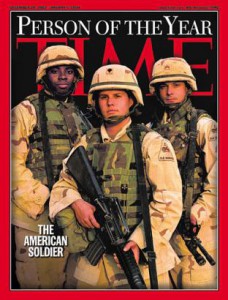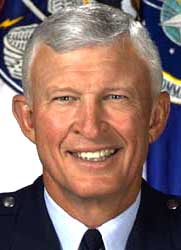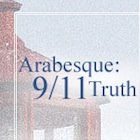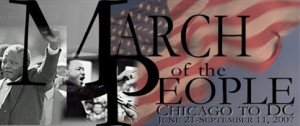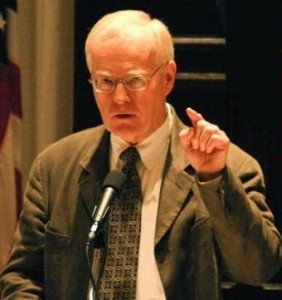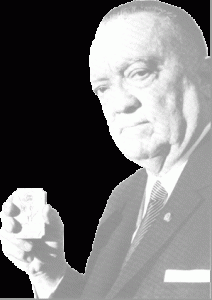February 27, 2016 by Kevin Ryan
When people ask me what more can be done to achieve 9/11 truth and justice, I tell them to spend less time calling for a new investigation and more time investigating. Even without subpoena power, independent investigators can make a lot of progress. To help with that effort, here are three steps for an independent investigation and an objective way to evaluate suspects in the 9/11 crimes.
The first step is to ask specific, well-formulated questions. What do we need to know? We need to know things like how explosives got into the WTC, how the North American air defenses failed, how the U.S. chain of command and communication systems failed, how the alleged hijackers got away with so much, and how the planes were hijacked.
Here are examples of specific questions that will help answer these questions.
- What more can we learn from the official accounts about transponder and autopilot use on 9/11?
- Who was invited to the explosive disposal/terrorism meeting at WTC 7 on the morning 9/11 and what was the agenda?
- What do the strip clubs, bars, and other businesses frequented by the alleged hijackers have in common?
The second step is to collect information that might help to answer the questions. Good sources of information include the following.
- National Archives (NARA)
- National Security Archive at GWU
- 911 Document Archive at Scribd
- 911DataSets.org
- 911Review.com
- History Commons Complete 9/11 Timeline
- Internet Search Engines: These are more useful for those who learn how to use search operators.
- University libraries
- The WayBack Machine: Wonder what a web page looked like 15 years ago?
It also helps to interview people who have detailed knowledge about the events. Most of the people who were present at the time of the attacks and during the official investigations are still alive and some of them will answer questions.
Additionally, useful information can be obtained through Freedom of Information Act (FOIA) requests. Direct requests to federal, state, or local agencies using resources like these:
- Federal: http://www.foia.gov/how-html
- New York State: http://www.dos.ny.gov/coog/html
- Other help and example letters: http://nfoic.org
The third step to investigation is to collect the information, analyze it, and then communicate it clearly and objectively. Collecting the information is relatively easy. Analysis might include categorizing or framing the information in ways that help to see linkages. Examples include creating a timeline of events or a matrix of people and events, and considering if the new information fits into the existing body of knowledge. Once new information is ready to communicate to others, there are a lot of venues for doing that. A good example is 911Blogger.


